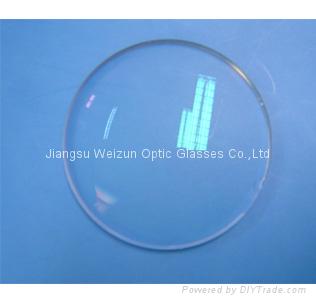Polycarbonate lenses
Both eyeglass lens materials are light and impact-resistant. Gary Heiting helps you compare polycarbonate vs. Trivex lenses to see which is best for you. Polycarbonate glasses are great for kids.
Learn how the right lens coatings and frames can enhance your polycarbonate lenses.

Muchos ejemplos de oraciones traducidas contienen “ polycarbonate lenses ” – Diccionario español-inglés y buscador de traducciones en español. Next – Select Single Vision, No-Line Progressive, Lined Bifocals or Trifocals. Do you need Single Vision, Progressive no-line lenses, lined Bifocals or Trifocals? Below is a description of the different types of polycarbonate lenses available for your glasses. Our polycarbonate lenses lead the industry in quality and clarity.
Find out more about what are the advantages and disadvantages of polycarbonate spectacle lenses. Search for more frequently asked questions about contact lenses , glasses and eye care at Specsavers. Also known as Verilite, these lenses are recommended for sports glasses.

Have you ever wondered what the difference is between glass lenses and polycarbonate lenses ? Wonder no more and read here to get up to speed! Designed to accommodate most eyeglass wearers, lightweight composite lenses are compatible with most protective treatments, including no-glare, photochromic and scratch-resistant . High-index eyeglass lenses are the right choice if you want thinner, lighter lenses and eyeglasses that are as attractive and comfortable as possible. Know how to respond when employees ask, “Why does our vision plan cover polycarbonate lenses for kids and not for adults?
Julbo Spectron polycarbonate lenses are very well adapted for outdoor sports. We offer six different types of spectron polycarbonate lenses. These impact-resistant lenses are a good choice if you play sports, work where your eyeglasses could easily get damage or have kids who are tough on their specs.
They’re made from a newer plastic that’s similar to polycarbonate lenses. They also have built-in UV protection. These and other virtues of polycarbonate lenses are extolled by your optician, when you are shopping for new glasses.
Odds are that you have no idea about lens materials. Thinner, lighter, 10x more shatterproof. But eye doctors are encouraging consumers to take a closer look at materials used to make lenses for prescription glasses, nonprescription sunglasses and safety goggles. A new study has found that one material, polycarbonate plastic, is significantly more shatter-resistant than the others. With ordinary plastic lenses, a strong prescription can result in a thicker lens.
In contrast, our hi-index plastic or polycarbonate lenses will reduce lens thickness for greater comfort and a better appearance.

Hi-index plastic is lightweight and thinner than most plastic. Essilor offers hi-index 1. To meet the stringent worldwide safety eyewear standards, Wiley X uses the lens material called polycarbonate. The flexibility and strength of polycarbonate enables it to stop the impact from a gauge shotgun or fragments from an IED ( Improvised Explosive Device). Wiley X applies anti-scratch coatings on all lenses to . Discover the benefits and negatives of these two popular lens choices, along with which is better for you. Some people might ask “what are polycarbonate lenses ? Spread the word and change lives . Save on polycarbonate eyeglass lenses with ReplaceALens!
Verilite lenses are our polycarbonate lenses that offer shatter resistant protection. Excellent optical clarity. Anti-reflective (AR) coating adheres to glass very well.
Disadvantages: At least twice the weight of plastic or polycarbonate lenses.